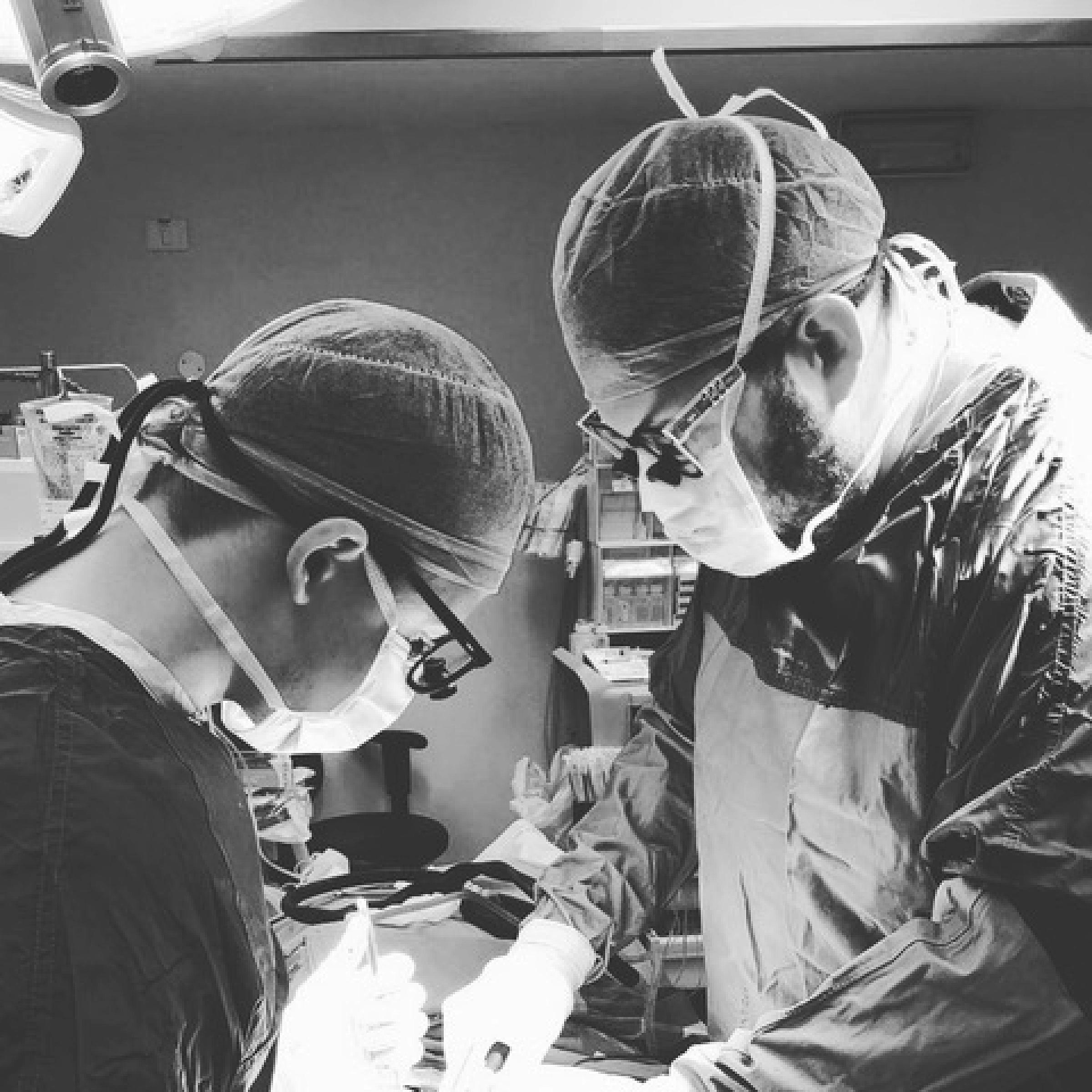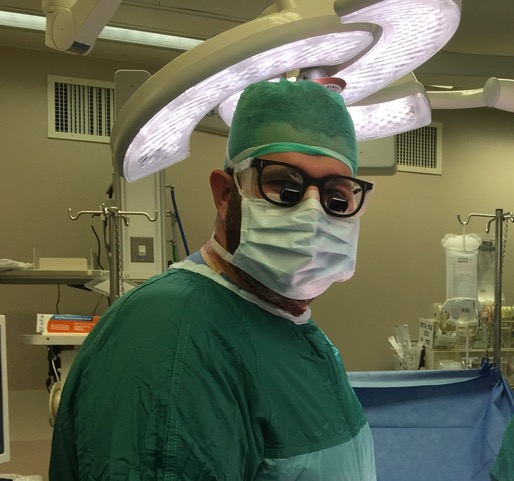Recently, Ben Shofty, MD, PhD, published an innovative study in Brain titled “Default mode network electrophysiological dynamics and causal role in creative thinking.” The paper details Dr. Shofty’s research, alongside his colleagues, using high-resolution neural recordings across the default mode network (DMN) to study higher cognitive processes and the origins of creativity in the brain.
During the course of the study, patients with epilepsy undergoing monitoring with intracranial electrodes were recorded responding to mind wandering, alternate uses (creativity), and, as

a control, sustained attention tasks. Mind-wandering tasks required that patients look at an object on a screen for 20 seconds and then verbalize their thoughts during the task for 1 minute. In alternate uses tasks, patients were shown an object, told its ordinary use, and asked to list as many other uses for the item as they could in 1 minute; both originality and number of responses were measured. Sustained attention tasks required patients to fixate on the center of a screen and report, through button press, when a target briefly flashed. Electrical high-frequency stimulation was also used to disrupt thinking and test the DMN’s role in creative processes.
“We acknowledge the fact that no two people are exactly the same,” Dr. Shofty said, “there are some people who are more creative and some who are less creative, and, of course, there are different ways to be creative. We compared each patient with their own performance to rule out selection bias.”
According to Dr. Shofty’s findings, the DMN was actively engaged during both mind wandering and alternate uses tasks, although it was engaged early in the alternate uses task and late in the mind wandering task, which may indicate that the DMN activates during episodic memory recall. The study demonstrated that using direct cortical stimulation to disrupt DMN function limited original or divergent responses and, thus, creativity as it was being measured.
There is still much to learn about the function of

the DMN and originality, and Dr. Shofty’s continued focus is on recording creative thinking and determining definitively when a person is thinking creatively. “Creativity is one of the things that markedly separates us from computers or other animals, and, specifically, it separates us from one another. It’s one of the things that makes us human,” Dr. Shofty shared. “I’m interested in the interface between the brain and the mind. That’s why I went into neurosurgery—to be able to ask these questions and find these answers. I think creativity is interesting because it's a very individual process and because it's an endless thing. We think we've invented everything and then somebody else comes with a spark, so it can be very elusive.”
The problems patients bring to Dr. Shofty, as a functional neurosurgeon, are not anatomical in nature but consist of abnormal connections within the brain, which gives him the opportunity to dig into more abstract concepts like creativity. The research he’s doing now is the first step in the process of decoding and augmenting successful creative thinking, but it will also help give researchers a better understanding of the brain overall and what is happening in the parts that we still don't understand. “The more we understand, the better we'll be able to manipulate the brain in the future,” Dr. Shofty shared, “both to drive creativity and to provide better care to patients with network-related disorders.” When these networks are functioning properly, everything runs smoothly—it’s when they aren't that we get diseases like depression or schizophrenia. “The better we understand how everything works, the better we will be able to leverage that knowledge to design therapies that use brain stimulation to help those who have these issues,” Dr. Shofty concluded.